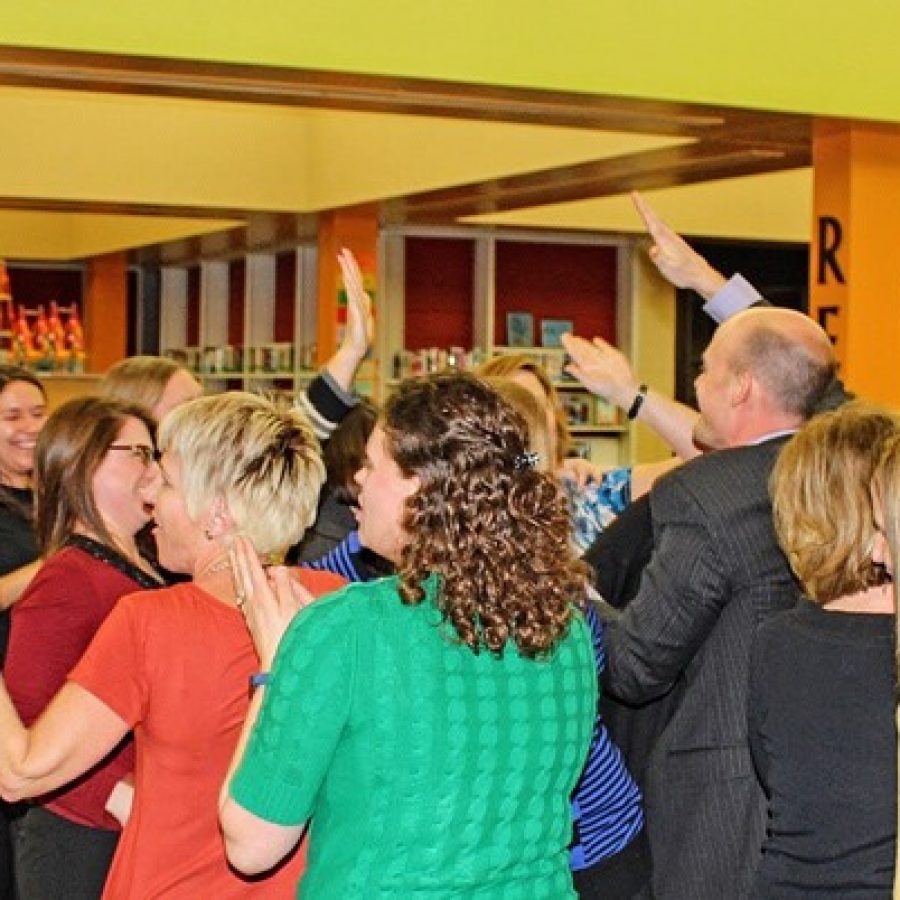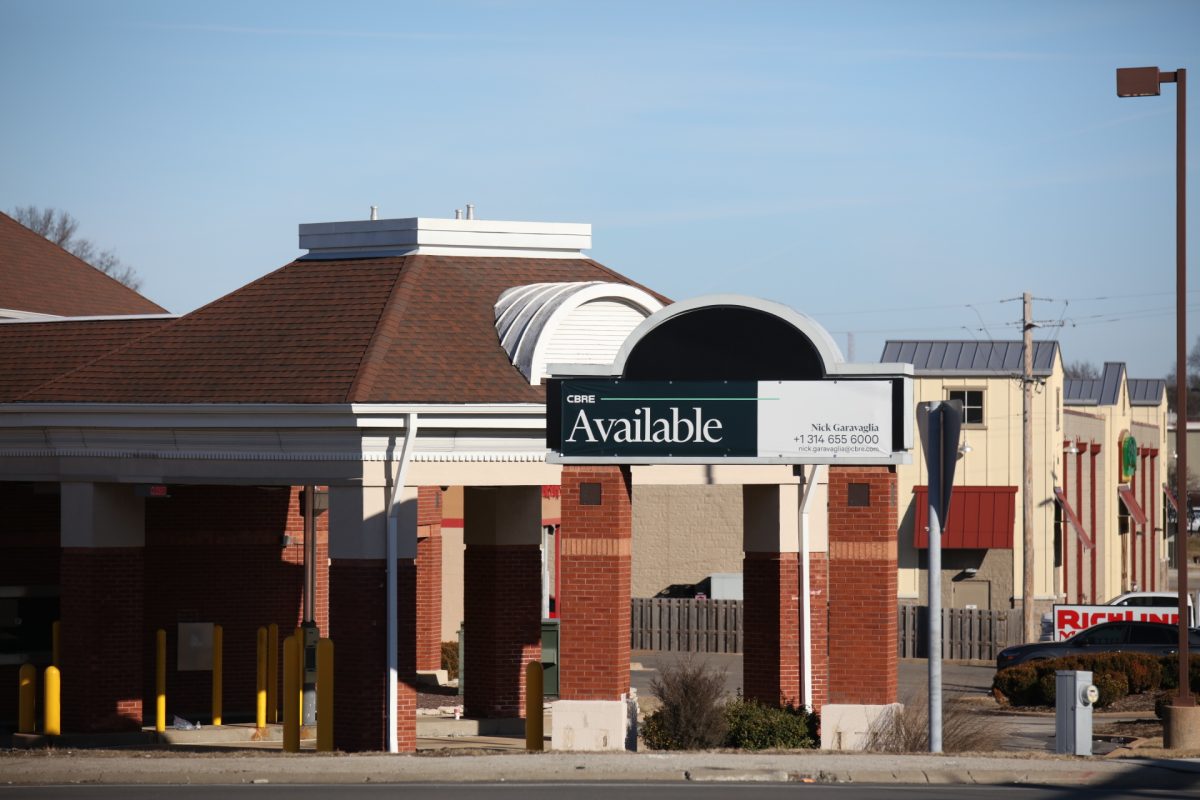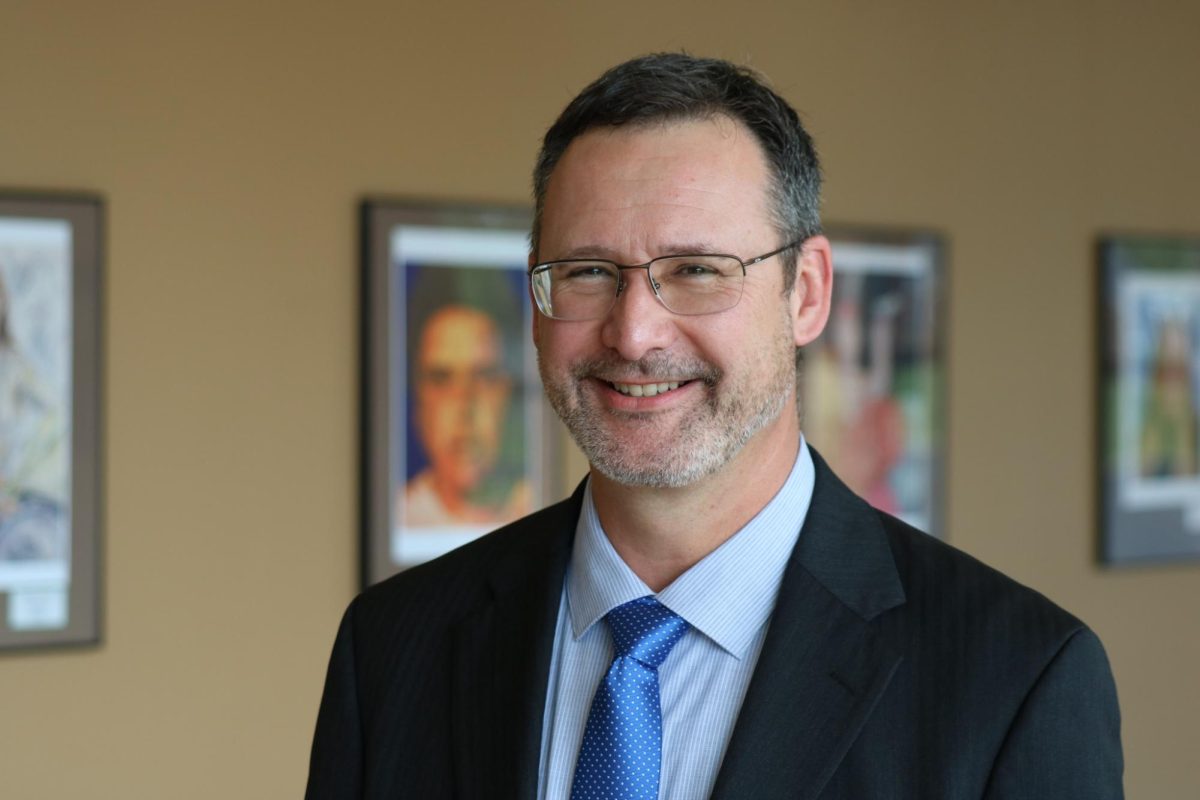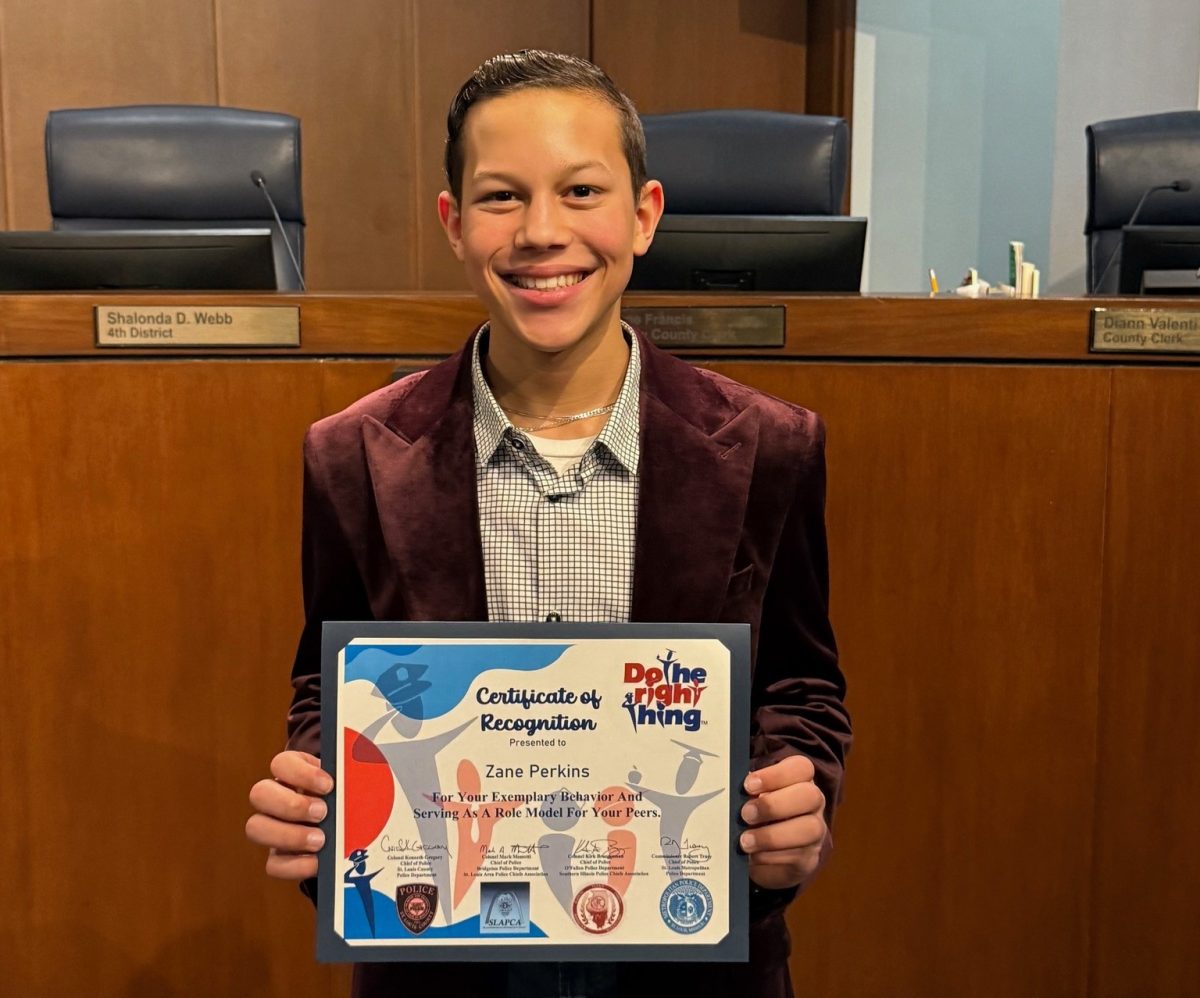The Mehlville School District is set to open the St. Louis area’s first school of innovation this fall after the Board of Edu-cation gave the go-ahead last week.
The board voted 5-2 Jan. 18 to approve the new school at a meeting packed with Oakville Elementary parents dressed in orange to support their school, the district and the concept behind the innovative school, which would be open to all students districtwide through a lottery.
Board President Samantha Stormer, Vice President Jean Pretto, Secretary Lisa Dorsey and board members Larry Felton and Kevin Schartner voted for the school, while board members Venki Palamand and Jamey Murphy were opposed.
The school will be the first of its kind in the St. Louis region and one of only a few such schools nationwide. The district is referring to it as the Choice School of Innovation, or CSOI, until results of a naming contest are unveiled.
Students at the new school would move at their own pace with personalized and problem-based learning through lessons that are geared to the students’ own style of learning.
Superintendent Chris Gaines unveiled his vision for the school a year ago, and an implementation committee led by the school’s slated principal, current Forder Elementary Principal Scott Clark, has studied the issue since that announcement.
Under the plan, the school will open in the former St. John’s Elementary on Will Avenue, so no new construction is required. After one-time projected startup costs of $250,000, the ongoing cost of operating the CSOI in St. John’s could add up to $400,000 annually if six new teachers are hired.
However, the school district’s resident-led Finance Committee recommended against the school because the recurring costs would speed up deficit spending by one year, from 2020 to 2019.
The school was Gaines’ vision of what the district could do post-Proposition R — the 49-cent tax-rate increase that shored up finances in 2015.
But Gaines didn’t say a word to the board last week, as Clark made the case to the board directly, challenging members, “Are you going to be a leader?”
Although some critics have pointed to the district’s disappointing test scores in math and other areas as a reason not to open the school, Pretto made the opposite argument.
“What if this school is the answer to many of the issues that are facing our district? What if? It could be,” she said. “What if some of our overcrowding improves with this school? It could. And what if our students actually become higher performing on all levels — science, math, everything? What if it’s so cutting edge that not only students but educators want to move in, because they want a piece of this pie? And finally, what if a cure for cancer or Alzheimer’s disease is trapped in some kid’s head and it can’t come out because he hates to diagram sentences?”
The district has modeled its idea for the new school on a successful existing school of innovation in Liberty near Kansas City, EPiC Elementary. Test scores at EPiC are double Mehlville’s in math, Schartner pointed out.
Other school districts were cheering Mehlville on in the decision, Clark said, hoping its board would approve the school and herald a wave of innovation in the St. Louis suburbs, just as EPiC has spurred the start of similar schools both in Liberty and elsewhere in outstate Missouri.
As one of the board’s only longtime members, Palamand was the voice of caution about the school’s potential impact on district finances.
“I like the idea, I think it’s creative and the buzzword of the day is innovative — but my concerns really revolve around priorities in finances,” Palamand said. “Is this a need, or is this a want?”
Murphy also said he believes the school is a great idea, but he wishes the board would have explored other options.
“I would like to see more options of achieving the same goal that might not be the same cost,” he said. “Right now what we have is a yearlong study of one approach. We haven’t really studied other ways of doing it to the same degree.”
But Schartner referred to what he called the “academic return on investment” of opening the school, where the educational benefits outweigh the financial concerns.
The recurring costs will be less than half a penny on every dollar the district spends, he said, but the educational outcomes from higher test scores would be worth much more than that.









